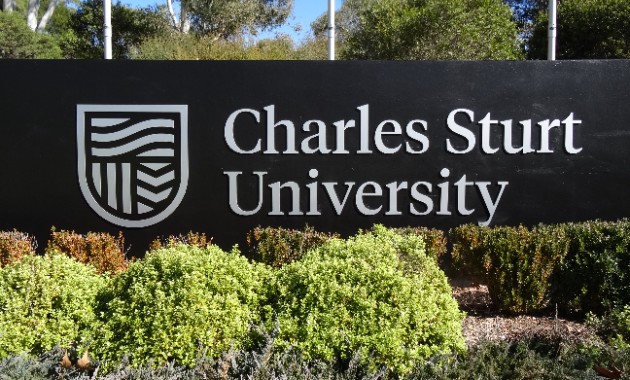As part of the project, the researchers recommended a number of activities to address the results, including school-based education programs, developing guidelines for local residents on how to attract and support biodiversity in their own gardens, supplying nest boxes, and getting people involved in voluntary conservation activities.
Rapid growth concerns regional residents
14 JANUARY 2014
Residents on the growing fringe of the NSW regional city of Albury know about local sustainability and conservation issues, but are unsure how to take their concerns about future development beyond their homes, say CSU researchers.
Residents on the growing fringe of the NSW regional city of Albury know about local sustainability and conservation issues, but are unsure how to take their concerns about future development beyond their homes.
Charles Sturt University (CSU) researchers found residents in the Thurgoona and Wirlinga areas north east of Albury were also concerned about projected population growth for the area and the changes that may bring.
"In its Thurgoona/Wirlinga Structure Plan, Albury City Council proposes that the population of the area will grow to 50 000 over the next 50 years, a very significant increase," says CSU social researcher Associate Professor Rosemary Black, from the University's Institute for Land, Water and Society.
"The area will transition from a rural to a more urban environment. However, we found that most survey respondents had moved to the area because they were attracted to its 'rural country feel'. Increasing development will also affect local native plants and animals and their habitat, particularly local threatened species such the Squirrel Glider and Regent Honeyeater."
Professor Black said respondents were actively involved conservation behaviours around their homes like recycling, observing and providing water for birds in their gardens, saving electricity, and composting, and they considered these important.
"They had rainwater tanks, solar panels, Australian native plants in their garden, home insulation, and energy efficient light bulbs. However, using transport other than cars was not considered important - they weren't committed to changing their car behaviours," she said.
Professor Black and Dr Shelby Gull Laird completed the "Understanding Thurgoona/Wirlinga Community Knowledge & Values of Biodiversity" project on behalf of the Albury Conservation Company to assess local community knowledge and understanding of conservation and biodiversity. The project included a survey of 300 respondents as well as ten in-depth interviews to further delve into issues raised by the survey.
The survey shows respondents were connected to nature, with 60 per cent feeling it was very important or important to have places set aside for native plants and animals. Respondents said they liked living close to nature, found it peaceful and relaxing, and liked seeing and hearing birds.
"Features such as tree hollows, patches of native vegetation, and creeks and tree 'corridors' were thought important, but fewer people considered roadside bush which is concerning as these strips have been shown to be vital for moving native species across cleared agricultural landscapes," Dr Laird said.
"Residents also said it was important to set aside land for native plants and animals for future generations and to balance nature and development, and were concerned about the projected increase in the area's population.
"Therefore, we need to promote community organisations that involve conservation and volunteer opportunities so people can channel their concerns and interests to a broader community level."





Social
Explore the world of social